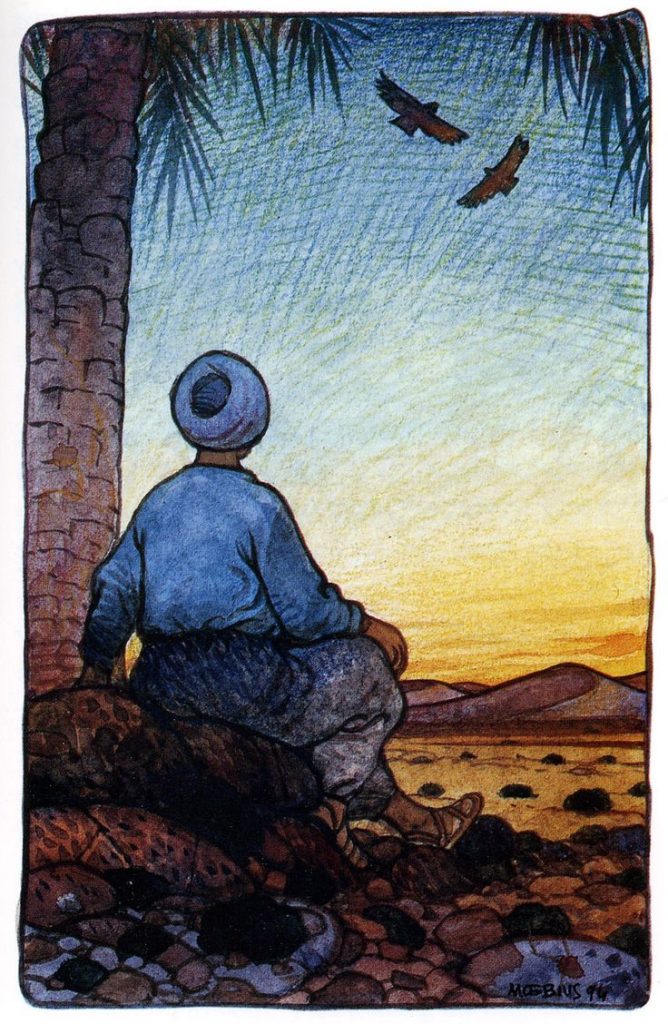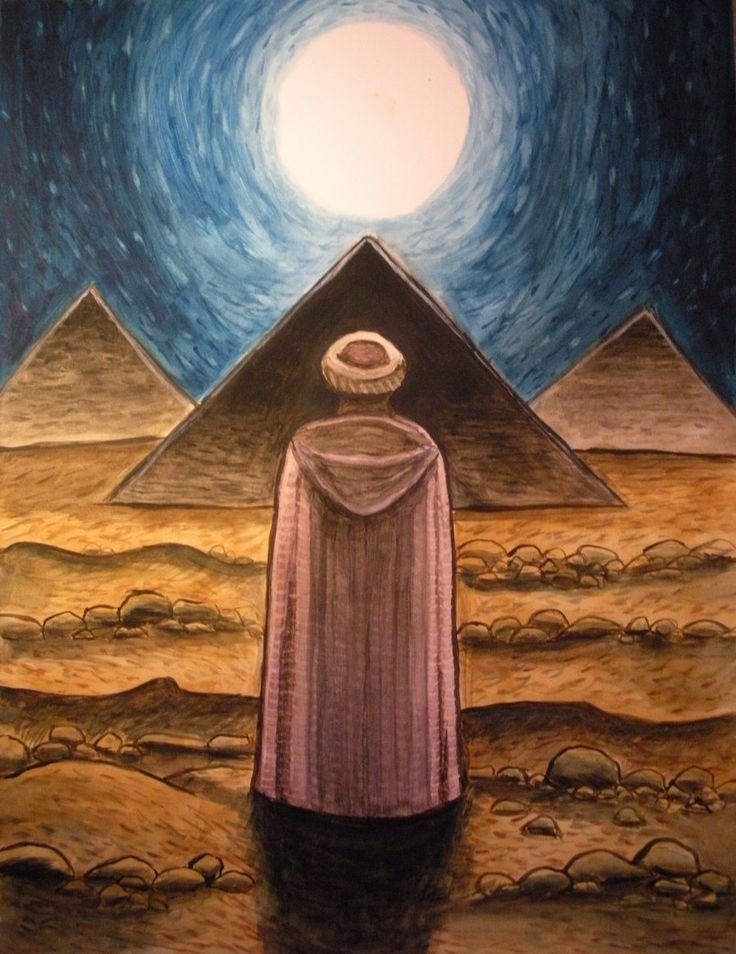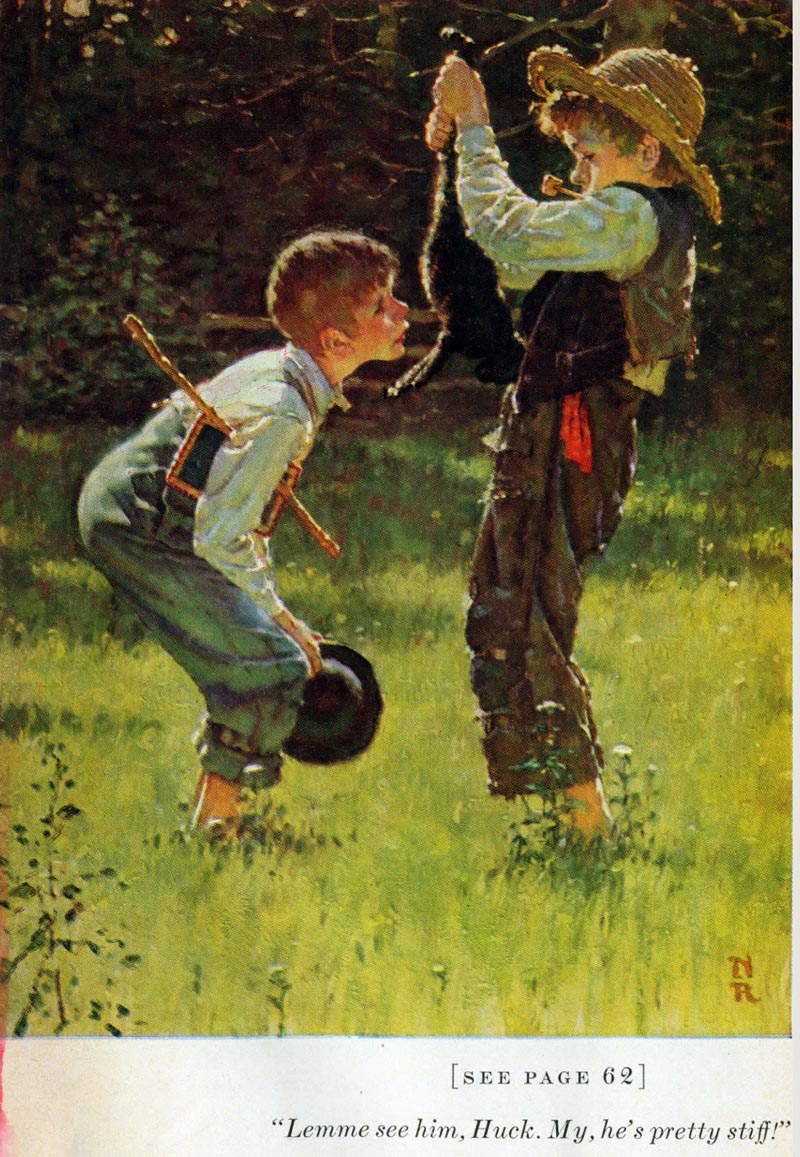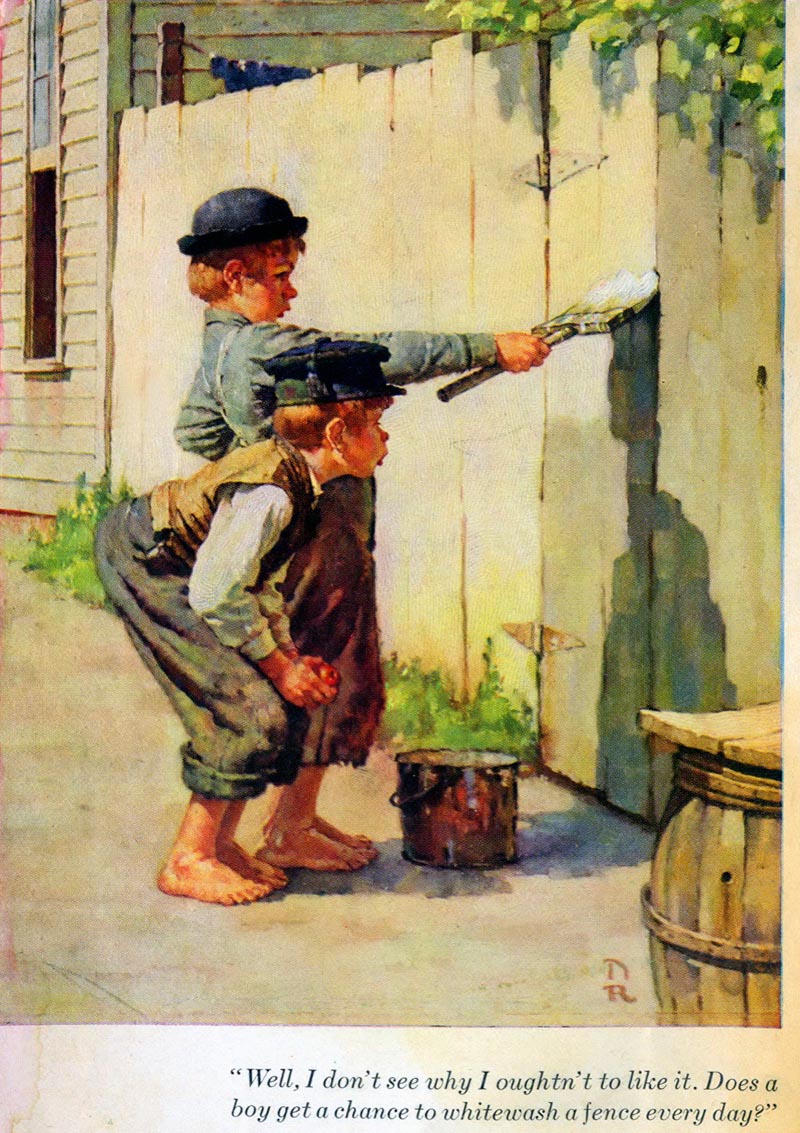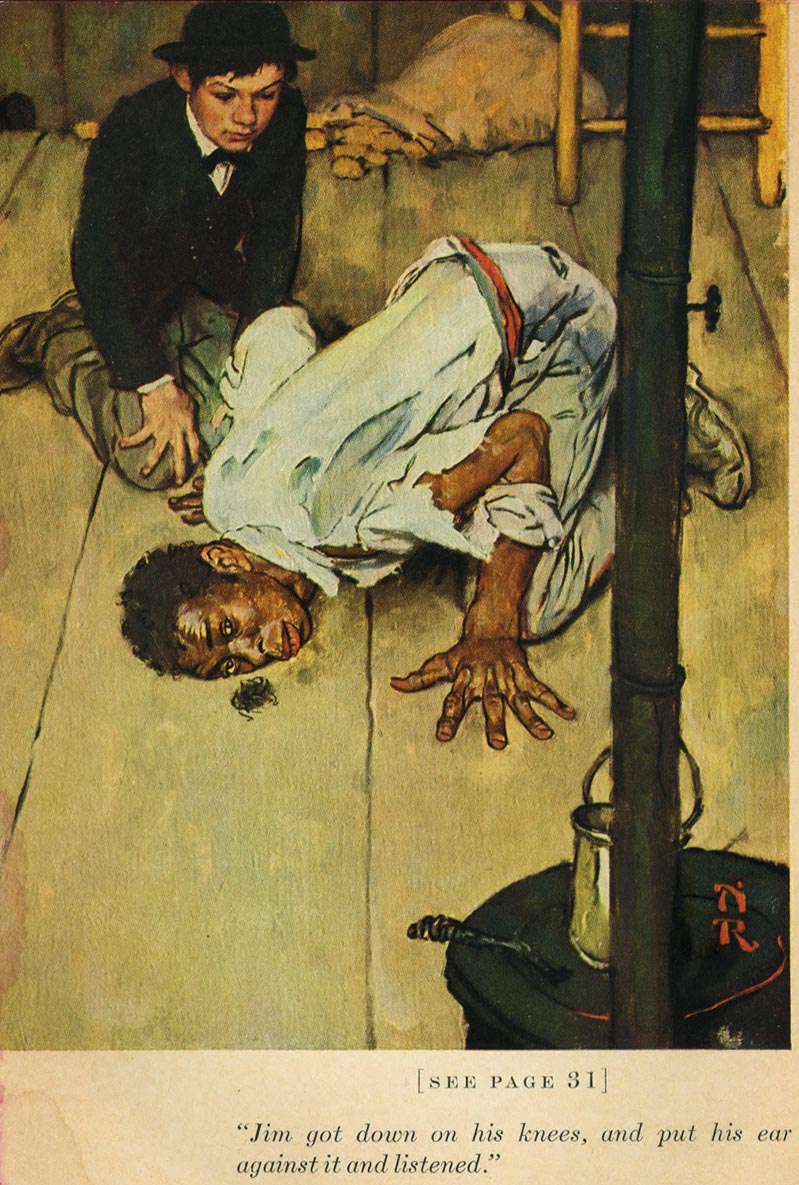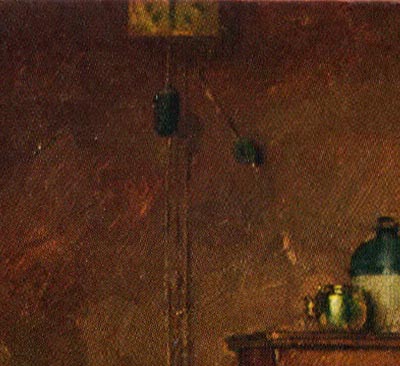I’ve attended my share of graduations and hence my share of graduation speeches—from politicians more interested in stumping than inspiring their audience; to local TV personalities assuring graduates they too could become local TV personalities; to the real Patch Adams, who wasn’t nearly as funny as Robin Williams in his less-than-funny turn as Patch Adams. My experience has taught me that graduation speeches generally suck.
But not for the most recent batch of graduates of NYU’s Tisch School of the Arts, who got both bracing honesty and career validation from a speaker most likely to give it to you straight. With his trademark foul-mouth gruffness, De Niro told the graduating class what every aspiring artist needs to know: “You made it,” he said, “and you’re f*cked.” The world, De Niro told his audience, is not opening its arms to embrace art school grads. For all our pop cultural celebration of creativity, the so-called “creative class”—as we’re told again and again—is mostly in decline.
Of course it’s never been an easy road for artists. De Niro knows this full well not only through his own early experiences before superstardom but from his upbringing: both his mother and father were bohemian painters with turbulent, fascinating lives. And so he also knows of what he speaks when he tells the NYU grads that they “didn’t have a choice.” Where pragmatic accounting grads may be “passionate about accounting,” De Niro says, “it’s more likely that they used reason and logic and common sense to reach for a career that could give them the expectation of success and stability.”
Not the arts grads, the famous actor says: “You discovered a talent, developed an ambition and recognized your passion.” Their path, he suggests, is one of self-actualization:
When it comes to the arts, passion should always trump common sense. You aren’t just following dreams, you’re reaching for your destiny. You’re a dancer, a singer, a choreographer, a musician, a filmmaker, a writer, a photographer, a director, a producer, an actor, an artist. Yeah, you’re f***ed. The good news is that that’s not a bad place to start.
Maybe not. And maybe, for those driven to sing, dance, paint, write, etc., it’s the only place to start. Granted, NYU students are already a pretty select and privileged bunch, who certainly have a leg up compared to a great many other struggling artists. Nevertheless, given current economic realities and the U.S.’s depressing aversion to arts education and funding, these grads have a particularly difficult road ahead, De Niro says. And who better to deliver that hard truth with such conviction and good humor?
h/t @sheerly
Related Content:
Jim Carrey Commencement Speech: It’s Better to Fail at What You Love Than Fail at What You Don’t
‘This Is Water’: Complete Audio of David Foster Wallace’s Kenyon Graduation Speech (2005)
Josh Jones is a writer and musician based in Durham, NC. Follow him at @jdmagness
